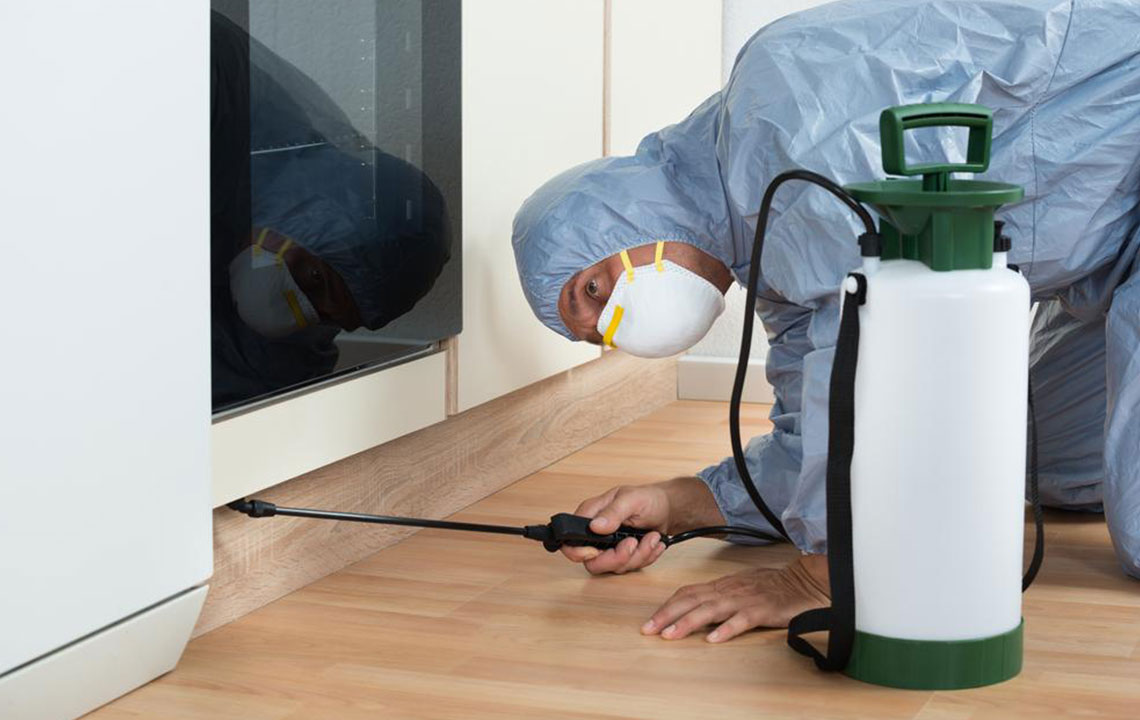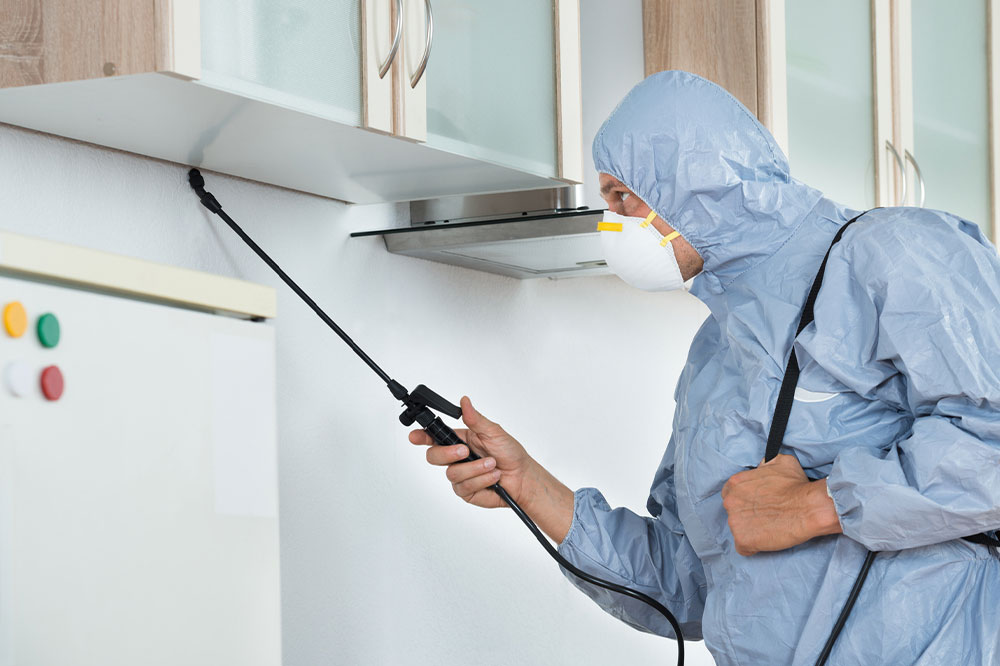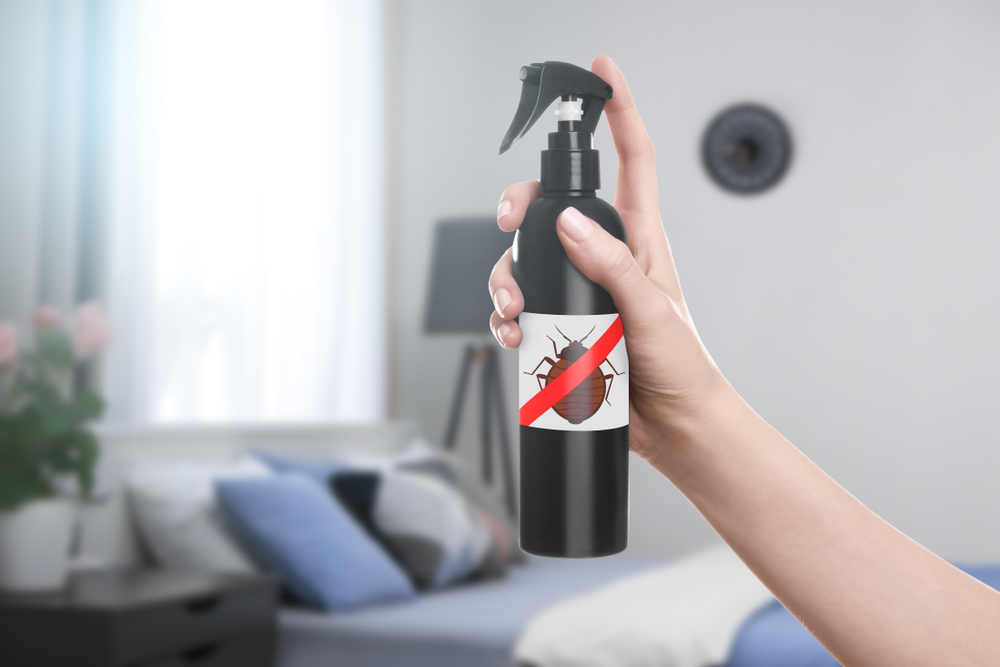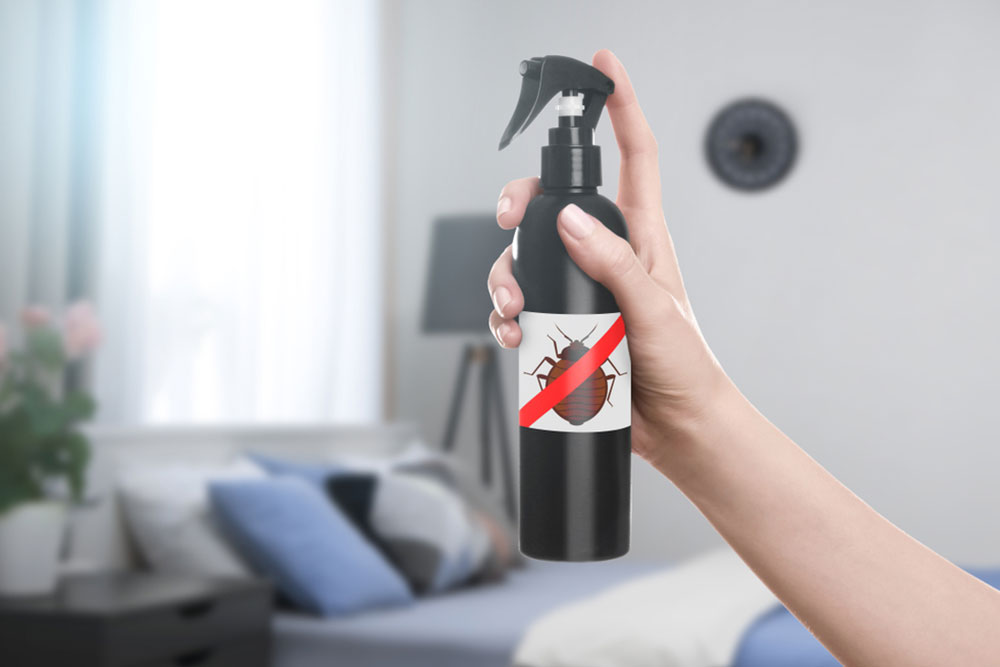Comprehensive Home Solutions for Bed Bug Elimination and Prevention
Discover comprehensive strategies to eliminate bed bugs from your home effectively. This guide covers natural remedies, heat treatments, chemical options, and preventative tips, providing a thorough approach to pest control. Maintain a healthy, comfortable living environment by implementing these proven methods and avoiding common mistakes that lead to reinfestation.
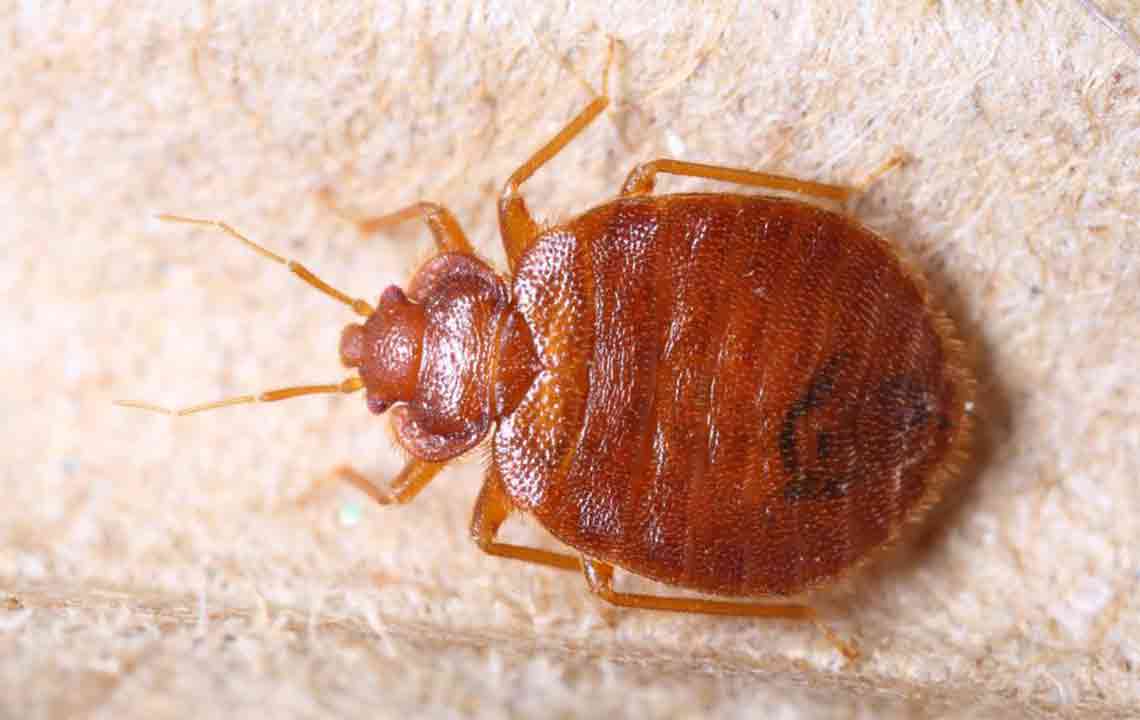
Comprehensive Home Solutions for Bed Bug Elimination and Prevention
Ensuring a good night's sleep is vital for maintaining health, productivity, and overall well-being. A cozy, uninterrupted rest in a comfortable bed significantly contributes to physical and mental health. However, the presence of pests such as bed bugs can threaten this tranquility and pose serious challenges to household hygiene. Bed bugs, tiny parasitic insects that feed on human blood, are a common and persistent problem in many homes worldwide. Understanding their habits and implementing effective home strategies to eliminate these pests is essential to restore peace and comfort at home.
Bed bugs, primarily Cimex lectularius, are nocturnal parasitic insects that hide during the day and become active at night, feeding off humans while they sleep. These pests are adept at hiding in cracks, seams, and within furniture, especially beds, making detection and eradication challenging. Despite not transmitting diseases, their bites can result in itching, skin irritation, and allergic reactions, which can significantly diminish quality of life. Female bed bugs are prolific breeders, laying hundreds of eggs over their lifespan, leading to rapid reinfestation once an outbreak occurs. Addressing a bed bug problem requires a comprehensive approach combining hygiene, monitoring, and targeted treatments.
Thorough vacuuming is one of the most effective initial steps for tackling bed bug infestations. Regularly vacuum all affected areas, including mattresses, bed frames, furniture crevices, carpets, baseboards, and behind picture frames. Use a vacuum with a powerful suction and dispose of the vacuum bag immediately afterward in a sealed plastic bag to prevent re-infestation. This method helps remove eggs, bugs, and shed skins, reducing their numbers significantly.
Heat treatment is highly effective against bed bugs. Raising the temperature of infested items above 50°C (122°F) for several minutes can kill all life stages, including eggs. Using professional steam cleaners on mattresses, upholstered furniture, and cracks can penetrate fabric fibers and eliminate pests. Conversely, cold treatment by lowering temperatures below -17°C (1.4°F) for several days can also eradicate bed bugs. Freezing infested items in portable freezers or targeted cold treatments can be advantageous, especially for non-washable belongings.
Baking soda, though commonly used for cleaning, can also contribute to bed bug control. It absorbs moisture and dehydrates the bugs, leading to their death. Spread a thin layer of baking soda over infested areas and leave it undisturbed for a week before vacuuming thoroughly. Combining baking soda with other methods enhances the overall effectiveness of your pest management routine.
Natural repellents like tea tree oil are known for their insecticidal properties. Mix a few drops of tea tree oil with water in a spray bottle and apply generously to infested areas, including mattresses, bed frames, and surrounding furniture. Reapply the solution weekly or after cleaning to maintain its repellent and pesticidal effects. Be cautious to use pure essential oils and test a small area first to prevent fabric damage.
Mint leaves and peppermint oil are traditional natural repellents. Crushed mint leaves or scented oils placed around your sleeping area can help deter bed bugs. Place cotton balls soaked in peppermint oil near bed posts, seams, and other hiding spots for continual repellent action. Regularly refresh the scent to maintain its efficacy.
Turmeric powder, owing to its antimicrobial and insect-depleting properties, can be scattered around infested zones. Its ability to lower oxygen levels locally can cause bed bugs to die naturally. Use turmeric as part of your natural pest control arsenal—simply sprinkle it around infested furniture and cracks to discourage further habitation.
Black walnut tea, brewed by boiling leaves and shells, has insecticidal properties that can be used as a natural pest control agent. Boil black walnut leaves and shells in water, then strain the solution. You can spray it around infested areas or use it as a rinse for bedding and fabrics. This natural remedy offers an eco-friendly approach to controlling bed bugs.
Chemical insecticides such as pyrethrins and pyrethroids are often used in professional pest control. These insecticides are effective but should be applied with caution, following manufacturer instructions carefully. If resistance is suspected or if a severe infestation persists, hiring professional exterminators ensures safe and comprehensive eradication while minimizing health risks.
Preventative measures are crucial to avoid re-infestation. Regularly inspect mattresses, box springs, and furniture for signs of bed bugs. Wash bedding and linens frequently in hot water (above 60°C or 140°F). Use double-sided tape around bed posts and bed frames to trap crawling bugs. Seal cracks, crevices, and holes in walls, furniture, and flooring to eliminate potential hiding spots. Avoid moving infested furniture between rooms, as this can spread pests to clean areas.
Additional strategies include minimizing clutter in bedrooms to reduce hiding places, using mattress encasements to trap or prevent bed bugs from entering mattresses, and maintaining cleanliness to deter infestations. These combined measures create an uninhabitable environment for bed bugs, making it easier to keep your home pest-free.
Implementing these home remedies and preventive measures significantly reduces the risk of persistent bed bug infestations. While some methods are natural and eco-friendly, others may require professional assistance for severe cases. Consistency is key: regularly inspecting, cleaning, and applying targeted treatments can help you eliminate bed bugs effectively and restore a peaceful, pest-free environment in your home.
